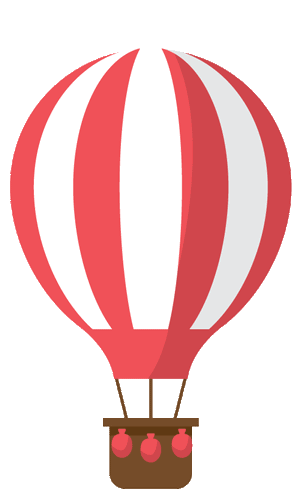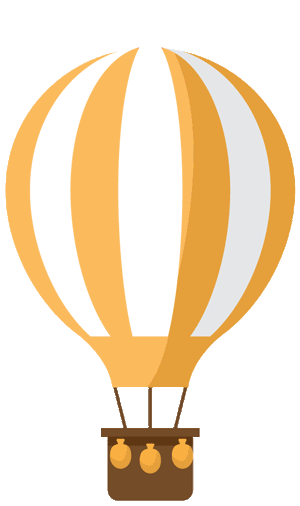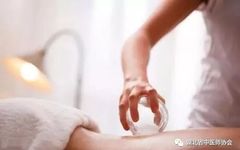“You have a lot of dampness in your body” — many parents and friends, even those without medical knowledge, can say this.
The term “dampness” is certainly familiar to Chinese people; we have heard it countless times from our elders and TCM practitioners throughout our lives.
As children, during the summer, our elders would often have us eat lotus seeds or even pick some lotus leaves to brew as tea to dispel heat and dampness.
As we grow older, whenever we experience discomfort in our bodies, we often wonder if dampness is causing trouble within us.
But what exactly is dampness? Where does our dampness come from? Let’s explore this gradually.
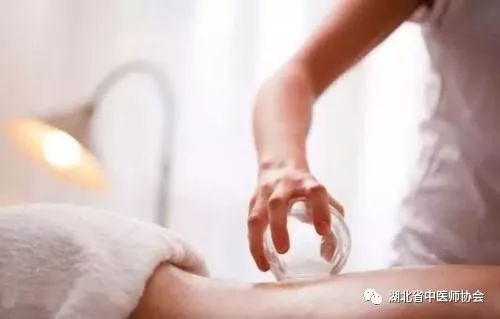
Mr. Zhang, a 35-year-old male, has experienced night sweats for over a month, sometimes needing to change clothes twice a night. During the day, he sweats excessively with even slight activity, especially from his head, neck, and chest.
Mr. Yang caught a cold two months ago. After treatment, his cold symptoms improved, but he developed night sweats and spontaneous sweating. He sought TCM treatment multiple times, but his symptoms worsened. The diagnosis could involve tonifying Qi to restrain sweating, nourishing Yin to descend, or clearing heat and draining fire.
After diagnosis, it was found that Mr. Yang had a swollen, red tongue with a yellow, greasy coating, a foul breath, and a pulse that was wiry, slippery, and strong in all three positions. His stool was soft and sticky, his urine slightly yellow, he had poor sleep, and his appetite was fair. This pattern clearly indicated damp-heat phlegm obstructing the Qi mechanism.
Prescription: Following the methods of modern warm disease scholars, using pungent-cool, aromatic, light-dispersing, and mild-clearing herbs to eliminate dampness and clear heat, I prescribed a modified Yin Qiao San (Yin Qiao Decoction):
10g Apricot Kernel (Xing Ren) 10g Platycodon Root (Jie Geng) 6g Honeysuckle Flower (Jin Yin Hua)
6g Forsythia Fruit (Lian Qiao) 15g Winter Melon Seed (Dong Gua Zi) 12g Talcum (Hua Shi)
10g Magnolia Bark (Hou Po) 5g Tongcao (Tong Cao) 10g Pinellia (Ban Xia)
15g Trichosanthes Fruit (Gua Lou Zi) 5g Bamboo Shavings (Zhu Ru) 10g Soybean Sprouts (Dou Juan)
30g Reed Root (Lu Gen) 10g Fermented Soybeans (Dan Dou Chi)
After taking the medicine, Mr. Yang felt a slight moist sensation throughout his body, but his sweating during sleep significantly decreased. He was prescribed four doses of medicine, and after finishing, he reported that his night sweats and spontaneous sweating were basically cured.
He returned for follow-up three times, gradually adding Bai Zhu (White Atractylodes), Cang Zhu (Atractylodes), Malt (Mai Ya), Barley Sprouts (Gu Ya), and Hyacinth Beans (Bian Dou) to strengthen the spleen and nourish the stomach, further consolidating the treatment effect.
About
Damp-Heat

1. The Generation of Damp-Heat
Damp-heat primarily affects the spleen and stomach. Those with chronic damp-heat often have gastrointestinal issues, which is due to the decline in spleen and stomach function.
When the body cannot properly digest and absorb food, the undigested parts accumulate in the body. Over time, this accumulation transforms into heat, and eventually, the “garbage” formed from this accumulation becomes the damp-heat evil in TCM.
The decline in spleen and stomach function is closely related to modern dietary and lifestyle habits. For example, indulging in rich, fatty foods, preferring spicy, meaty, and alcoholic dishes, and excessively indulging in culinary desires.
High-calorie and highly stimulating foods are harder for the body to transform, absorb, and metabolize compared to lighter diets, which can increase the burden on the liver, spleen, and kidneys, leading to a decline in their functions and a series of metabolic diseases.
Additionally, urban dwellers often face significant work stress, leading to irregular meal times, sometimes skipping meals or binge eating, which disrupts the normal functioning of the spleen and stomach and causes damage. Other factors such as a preference for cold drinks, emotional instability, lack of exercise, and congenital deficiencies also adversely affect the spleen and stomach.
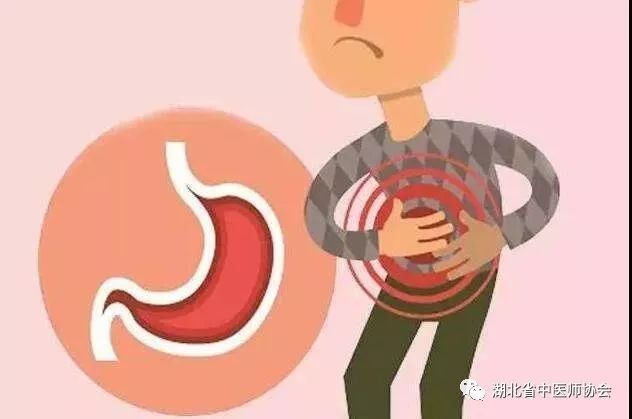

2. Common Symptoms Caused by Damp-Heat
The Huangdi Neijing states: “Dampness is like wrapping.” People with significant dampness generally feel heavy in the head and body, mentally unclear, drowsy, and easily fatigued. TCM divides the human body into three parts: upper, middle, and lower jiao.
Damp-heat obstructing the upper jiao (heart and lungs) can lead to dizziness, headache, memory decline, chest tightness and pain, and excessive sweating from the head, neck, and chest.
Damp-heat obstructing the middle jiao (spleen, stomach, liver, and gallbladder) can lead to loss of appetite, bitter mouth, acid reflux, abdominal distension and pain, diarrhea after consuming cold or greasy foods, soft and sticky stools, and slightly yellow urine.
Damp-heat flowing to the lower jiao (kidneys and bladder) can cause hemorrhoids and urinary tract infections. In men, it may lead to scrotal dampness and excessive sweating in the groin, or eczema, while women may experience gynecological inflammation and abnormal vaginal discharge.
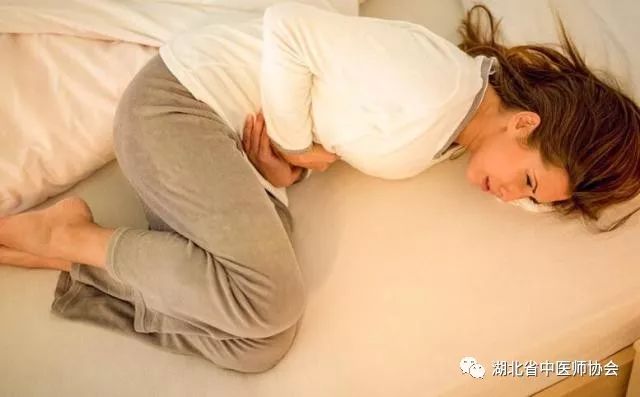

3. Treatment Methods for Damp-Heat
Damp-heat often arises from spleen and stomach weakness, so the treatment should avoid excessively bitter and cold herbs to prevent further damaging the spleen and stomach Yang Qi. Instead, methods from modern warm disease scholars using pungent-cool, aromatic, light-dispersing, and penetrating herbs should be employed.
In the treatment of damp-heat syndrome, it is important to clarify the stages and prioritize treatment. Generally, in the early stage when damp-heat is severe, the focus should be on eliminating dampness and clearing heat, while also supporting the spleen’s function.
In the mid-stage, as damp-heat gradually recedes, the strength of spleen support can be increased while continuing to eliminate dampness and clear heat. In the late stage, as damp-heat lightens, further strengthening of spleen support can be added, but it should still be a mild supplementation, avoiding excessive tonification, and should be accompanied by herbs that clear and drain damp-heat to prevent a relapse.
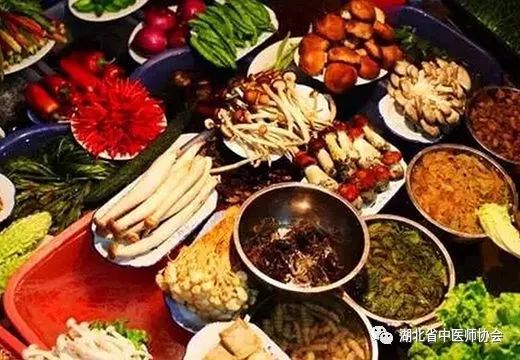
Finally, regulate diet, be cautious in daily living, and adjust the liver, spleen, and kidneys to achieve results.
-END-
Long press to recognize the QR code to learn more about TCM knowledge.
